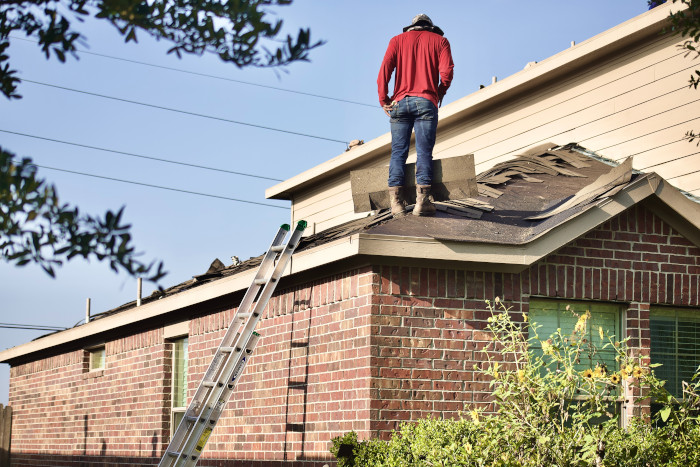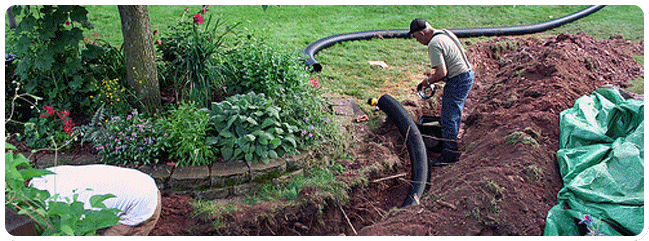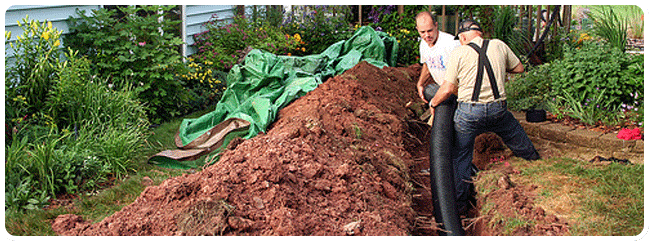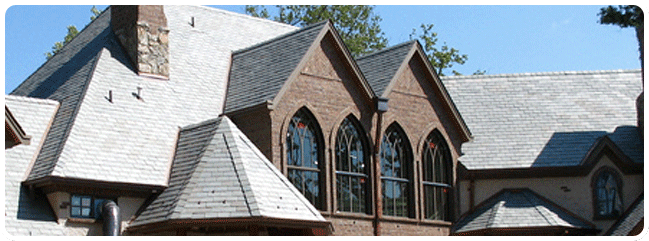If you’re a homeowner, it’s important to know how to do a roof inspection. That way, you can catch any problems early on and avoid costly repairs down the road. Here are some tips to guide you on where to look.

When is the best time to inspect your roof?
After a hailstorm or other significant weather event, most homeowners recognize the need for a thorough roof inspection to determine whether their roof suffered damage. But that shouldn’t be the only time you consider your roof’s health.
Perhaps the most vital time of year to have your roof inspected is the fall, before the cold of winter sets in. Timing is key. Frigid temperatures can compromise the success of new roof installations and such repairs as shingle replacement because new shingles can’t seal down properly when it’s too cold outside. Moreover, attempting repairs on icy roofs can be treacherous, so roof problems uncovered too late in the season may have to wait until spring to be fixed. Another argument for a fall inspection is the fact that certain roof repairs should be initiated in the fall so they can be completed the next spring—for example, treatment for moss and lichen. The solutions used for either of these invaders can require an extended amount of time to work, sometimes up to 180 days. If moss or lichen are discovered during a fall roof inspection, there’s still a chance to get at them before cold weather sets in. Then, the treatment can be working during those long winter months, and the dead lichen can be swept or rinsed off in the spring. Source: BobVila
Check the exterior
The first step when inspecting a roof is to do a simple walk around the home. You can see quite a bit of your roof from the ground, it’s more about getting the right angle.
During the walk around, you’re going to look for any signs of missing shingles (if it’s possible to see). You’re also going to want to look at your gutters, fascia, and soffit to ensure there’s no damage to these areas. Also, look for a high amount of grit coming from the shingles and landing on the ground, or coming out of your downspouts.
Common signs of damage include:
– Cracks
– Holes
– Dents
– Mold
Keep in mind that it’s difficult if not impossible to see hail damage from the ground. Inspecting roofs for hail damage is best done by a roofing company during an up-close inspection. Source: Angi
Inspect the interior
You also want to check the interior of the structure for water damage and mold. Look at:
– the attic
– ceilings and walls
– around chimneys, vent stacks and
– skylights for any water damage or mold
– the tops of cabinets and the back
– walls inside cabinets
– closet ceilings and walls
– around chimneys and skylights
– roof mounted exhaust fans Source: HuffPost
For best results, get a professional to assess your roofing situation. Give us a call!
Contact:
Kerrisdale Roofing & Drains
168 W 71st Ave, Vancouver, BC V5X 4S7
(604) 360-2114



















